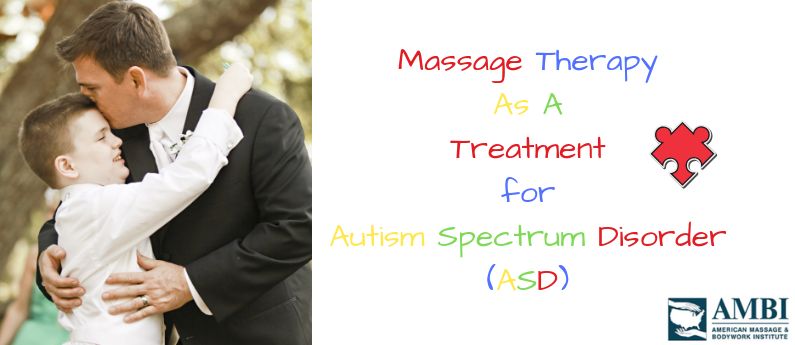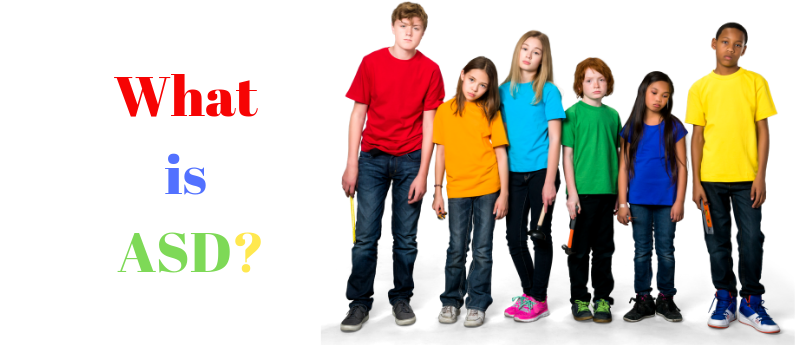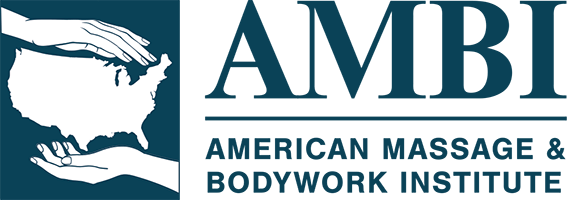
Often, people living with Autism are dismissive of touch. With that you might wonder, “How does massage benefit individuals with Autism?” and “How is it considered a treatment?” Parents have exhausted options throughout the years and that is where alternative treatments were discovered. In order to learn how massage therapy can benefit those with Autism, you must first understand what Autism Spectrum Disorder (ASD) is.

What is ASD?
Autism Spectrum Disorder is a developmental disorder with a broad spectrum of behaviors, including challenges with social interactions, repetitive behaviors, and speech difficulties. A common presentation amongst those with autism is sensory sensitivity – hearing, vision, smell, taste, touch, as well as digestion, vestibular, proprioceptive, and interoceptive processes. Touch is where massage therapy fits in and can, at times, lessen the intensity of sensitivity of not just touch, but of all the other senses as well.

Research
ASD may be diagnosed as early as 18 months and is estimated to affect 1 in 59 children. Though there are many forms of treatment for ASD, our focus is on the effectiveness of massage therapy in lessening the behavioral and psychological dysfunctions. Maintaining consistent sensory integration therapy helps to reduce social, behavioral, and communication issues. Some types of massage that help with ASD are deep pressure, Cranial Sacral, and Qigong Sensory Training (QST). A study published by NIH this year demonstrated an improvement in digestion and heart rate among the participants who received QST, though further research to reach a definitive conclusion is necessary.

Concerns
It is extremely important for therapists to understand this aversion to touch. People with ASD may experience a meltdown that seems to come out of nowhere and it may not have anything to do with the massage. During these episodes, the child can become a danger to themselves or the therapist. Even if receiving massage is a part of their routine, these meltdowns may still occur from time to time but typically lessen over the course of the therapy. A therapist will want to be familiar with how ASD presents in each client specifically to best plan a course of action and ongoing sessions.

Benefits
Massage therapy can help improve relationships for children with ASD. By creating a bonding experience with a massage therapist, autistic children establish a routine. In turn, this may help build a relationship with their caregiver. Massage therapy can also help ASD children to focus in the classroom – learning to follow direction and staying on task. It may also bring full relaxation which helps to reduce anxiety and daily frustrations. Most importantly, massage therapy can help these children by alleviating pain in their legs and calves. This is important because most children with ASD tend to tense their muscles more when they walk which leaves them with tightness in their legs. In some cases, it may make it hard for them to sleep, whereas, a massage session may help with that.
Working with the ASD population can be especially rewarding by helping children and adults form more meaningful connections with those around them. At AMBI, we touch on this aspect in our Special Populations training.









